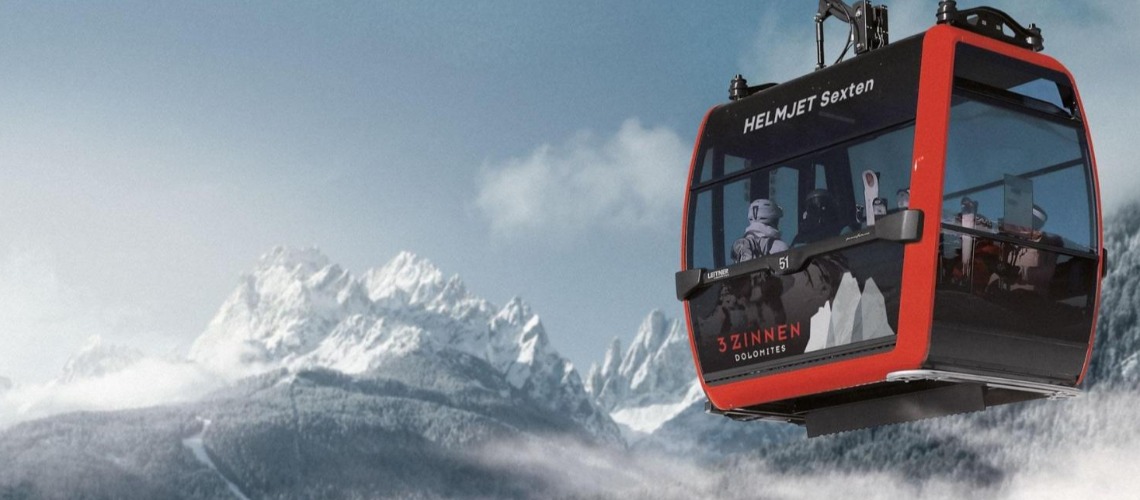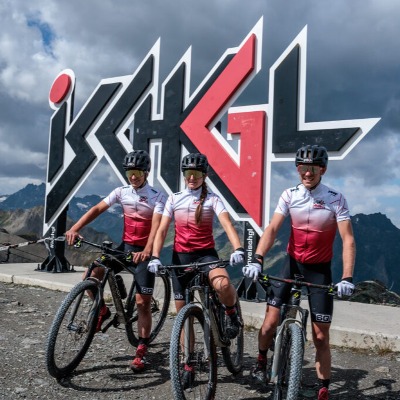Three Peaks Ski Connection Gets Green Light But With Conditions

The state government has approved the Sexten-Sillian ski connection in Alta Pusteria with conditions. Prior approval must be given on the Austrian side.
The "Drei Zinnen Dolomites" ski area in the municipality of Sexten and the "Sillian Hochpustertal" ski center in East Tyrol can be connected. In order to realize the connection, a new lift system and ski slope "Drei Zinnen II" are to be built on the South Tyrolean side. However, these are not to be designed as autonomous systems but exclusively as connection systems, which requires a connection on the East Tyrolean side. This must be planned.
The South Tyrolean provincial government approved the project on September 22nd in accordance with the assessments and the conditions of the environmental advisory board. In addition to the restriction to one connection system, a deposit of 200,000 euros is provided as a guarantee for compliance with the requirements.
Drei Zinnen II: 10-person cabin lift and 2.1 kilometers of piste
The feasibility study for the connection of the two ski areas - submitted by the operating company Drei Zinnen AG - had already been positively assessed by the environmental advisory board in 2018 and subsequently approved by the state government. The new "Drei Zinnen II" lift system is a ten-cabin lift with a transport capacity of 2400 people per hour. It acts as a feeder to the new "Drei Zinnen II" piste, which is 2.1 kilometers long and covers an area of 8.7 hectares. The valley station of the new cable car is to be built in the immediate vicinity of the existing "Drei Zinnen I" lift. The total investment amounts to 10.85 million euros.
Approval with numerous conditions
The new lift system and the new "Drei Zinnen II" ski slope can only be built on the condition that the ski connection is guaranteed on the Austrian side. Before the uniform state permit is issued, a revised proposal for the environmental compensation measures must be submitted to the environmental advisory council. The amount provided for this is to be increased to 200,000 euros. The conditions include reforestation measures. The upgrading of the habitat of the capercaillie and the precise observation of the hydrogeological situation are also prescribed. The Environmental Advisory Council does not consider the "Grenzgang project" to be a suitable measure to offset the negative environmental impact of the project.
Water drainage for snowmaking regulated
The snow-making system for the new slope will be connected to the existing snow-making system, which is fed by the Sexten reservoir. The maximum discharge amount from the reservoir may be increased from 210 to 305 liters per second in preparation for the winter season and may not exceed 244,684 cubic meters. The average water withdrawal from the Sexten reservoir will be increased from 16.3 liters per second to 23.6 liters per second. A display showing the current flow rate must be attached to the outside wall of the pumping station by the reservoir. The diverted water quantities may only be used within the national territory.
Restoration of the affected building site areas
For the restoration of the areas affected by earth movements, the environmental advisory board prescribes the application of the removed lawn tiles and the resulting humus. The greening of the worked areas may only be done with automatic high-altitude mixtures. Earthmoving is to be restricted to areas that have been clearly delimited in agreement with the forestry authority before work begins. The slope structures on the ski slopes and access roads must be built on site with coarse material, which is layered and covered with fine material. After completion of the construction project and before the new lift system is put into operation, the project management company Drei Zinnen AG must submit the application for construction acceptance to the State Environment Agency.
Six written statements have been submitted by the public on the construction project for the cross-border ski connection: They relate to the various interventions in the project in a previously untapped area at an altitude of over 2000 meters.













